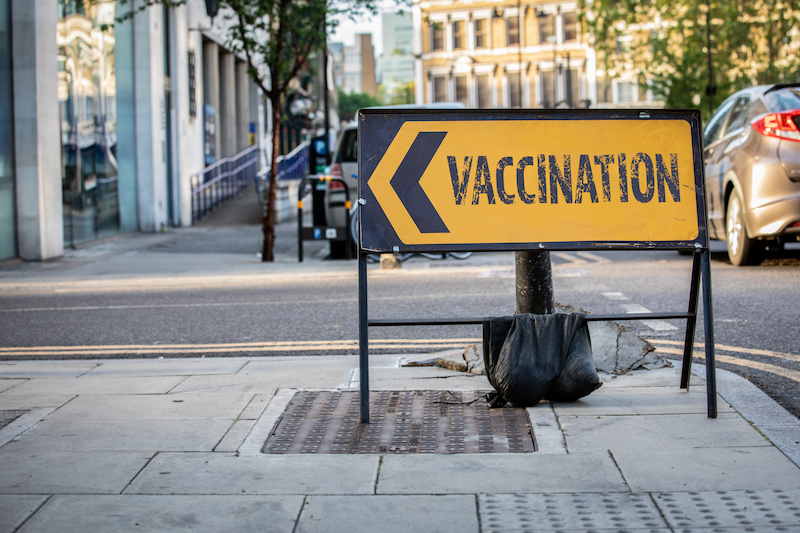New Coalition Urges Commonwealth to Prioritize Vaccine Equity

Lily Bohlke – Commonwealth News Service
BOSTON – This week, a new coalition of civil-rights, immigrant-justice and public-health groups has laid out a path toward more equitable vaccine distribution in the Commonwealth.
More than 20% of Massachusetts’ population is Black and Latino – including nearly a quarter of healthcare workers. But so far, white residents have received 12 times more doses of the COVID-19 vaccine than Black residents, and 16 times more than Latino residents.
State Rep. Liz Miranda – D-Boston – said these disparities are not new, but now is an opportunity for the state to change course.
“There’s no equitable recovery in any sector without prioritizing the communities that have been most vulnerable,” said Miranda. “And this can’t be just a ‘moment.’ This has to be the new normal.”
Gov. Charlie Baker has announced a targeted outreach initiative in 20 cities and towns affected most by COVID-19, as well as $1 million toward vaccinating historically underserved populations. But the Vaccine Equity Now! Coalition contends that doesn’t go far enough.
The group’s demands include $10 million to trusted community organizations for outreach and engagement, a “vaccine czar” to take charge on addressing inequities, and 20% additional doses for the communities most impacted.
The coalition also hopes to see greater language access and cultural competence in vaccine administration, along with clear equity goals and transparency in reporting.
Miranda said over time, discrimination in the healthcare system has led to barriers between people of color and health institutions.
“The blame is put on communities of color,” said Miranda, “for, ‘Hey, you don’t want to take this vaccination.’ But no, that can’t be the scapegoat. We know that the mistrust exists. We know that there’s been decades and decades of environmental pollution and medical racism.”
The Vaccine Equity Act, which Miranda helped introduce in the General Assembly, would bring the state closer to these goals. It would not only take a grassroots approach to outreach and vaccine administration, but “go mobile” in places where people might not be able to access transportation or take time off work.
